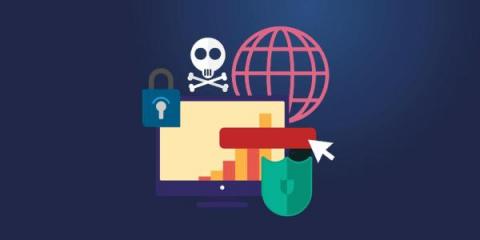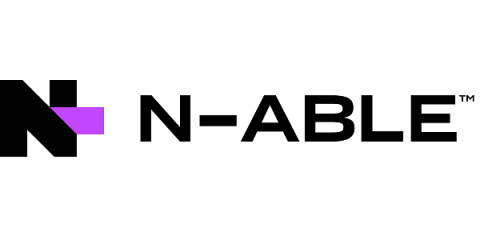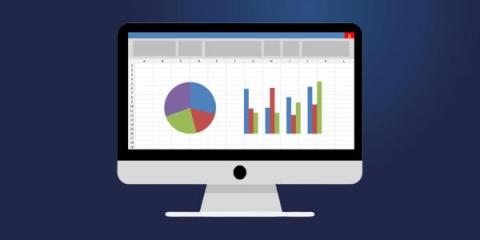7 Cybersecurity Statistics Every SMB and MSP Needs to Know in 2022
Cybersecurity isn’t just at the top of the discussion queue within the IT channel. Businesses and governments worldwide have turned a sharp eye toward rising cyber threats. Many have learned the hard way that small businesses are frequent targets of cyberattacks. The idea of “targeting a victim” itself has come into question, and more realize that widespread, indiscriminate attacks are the status quo.










